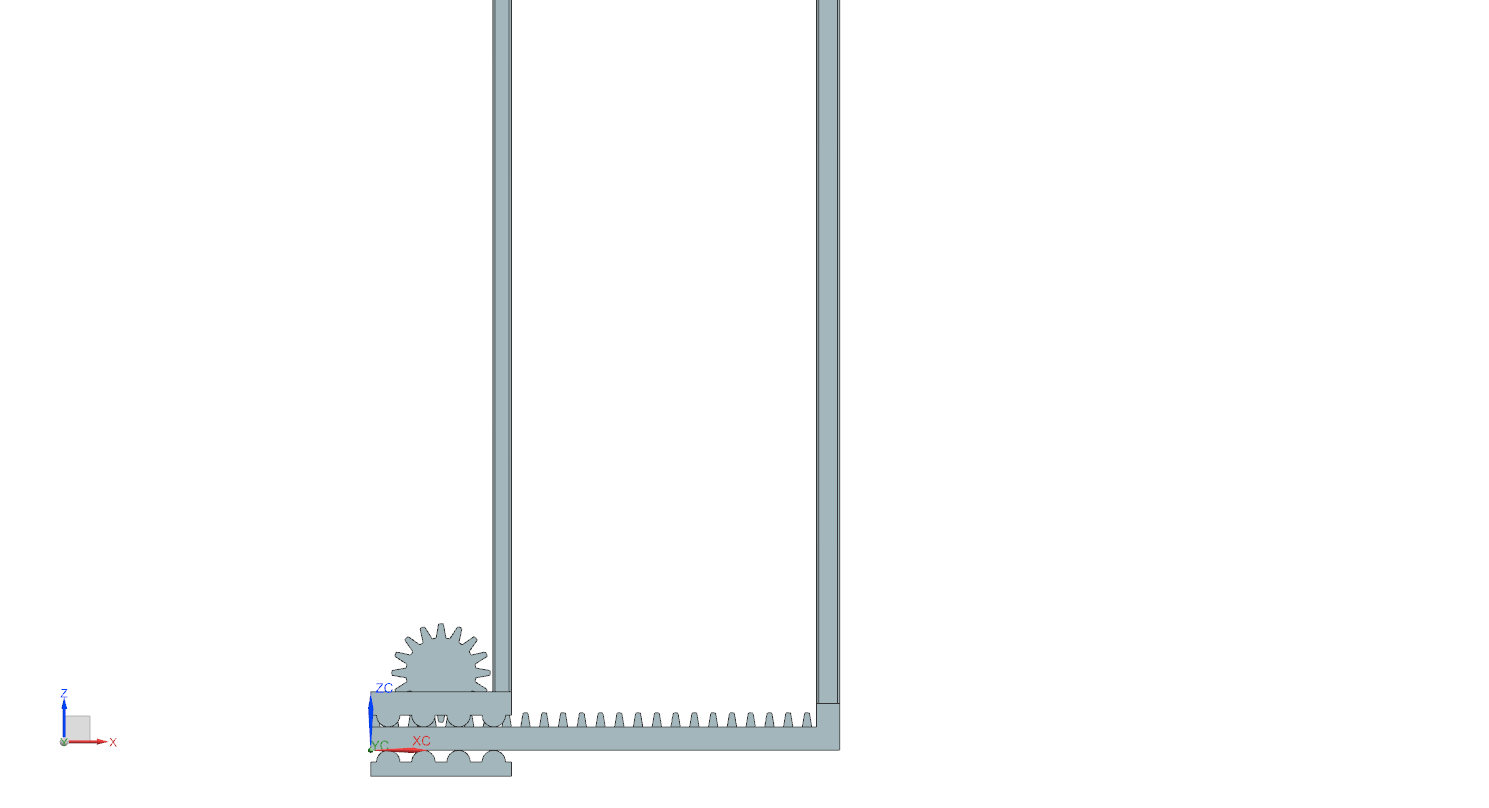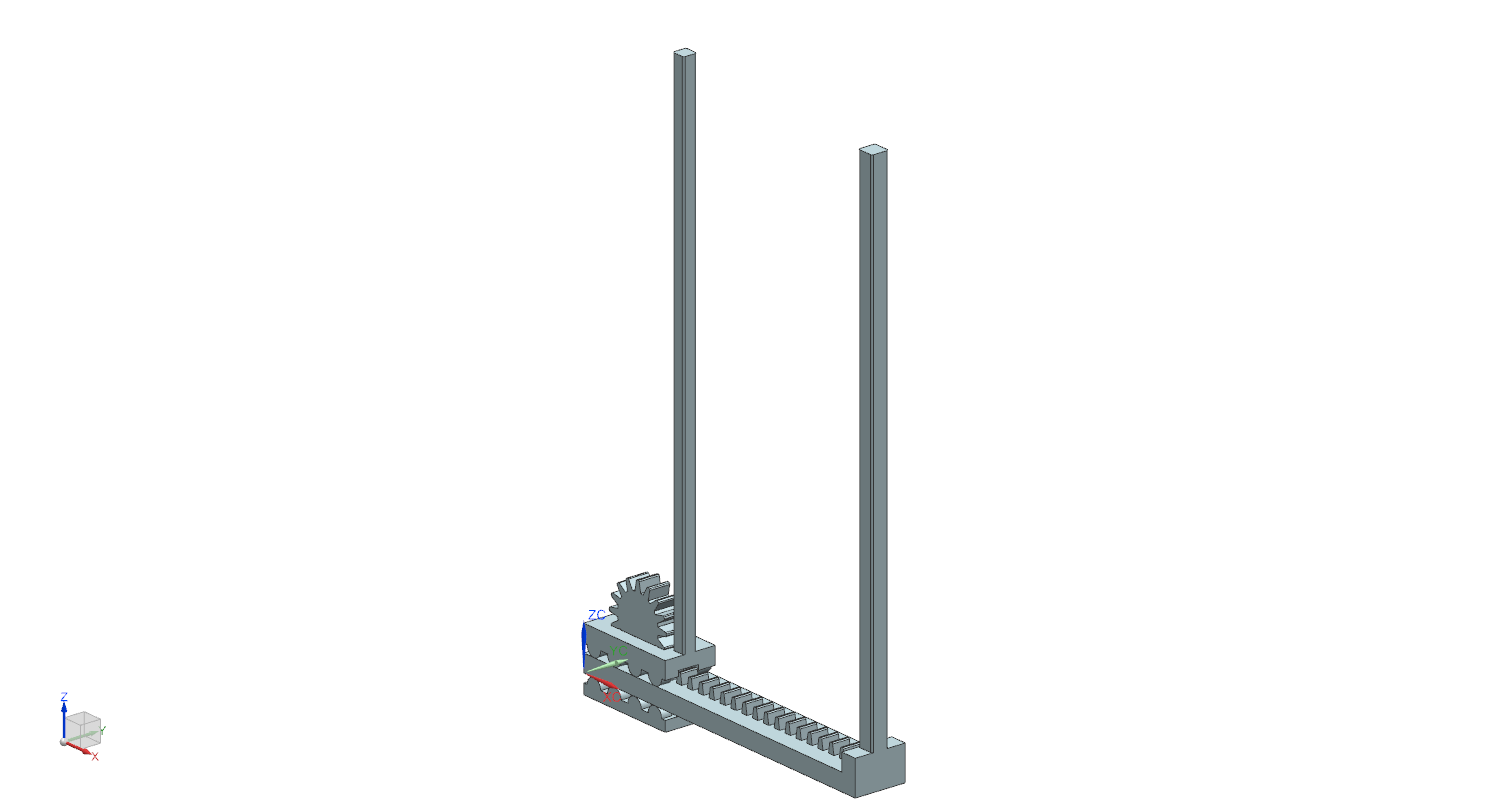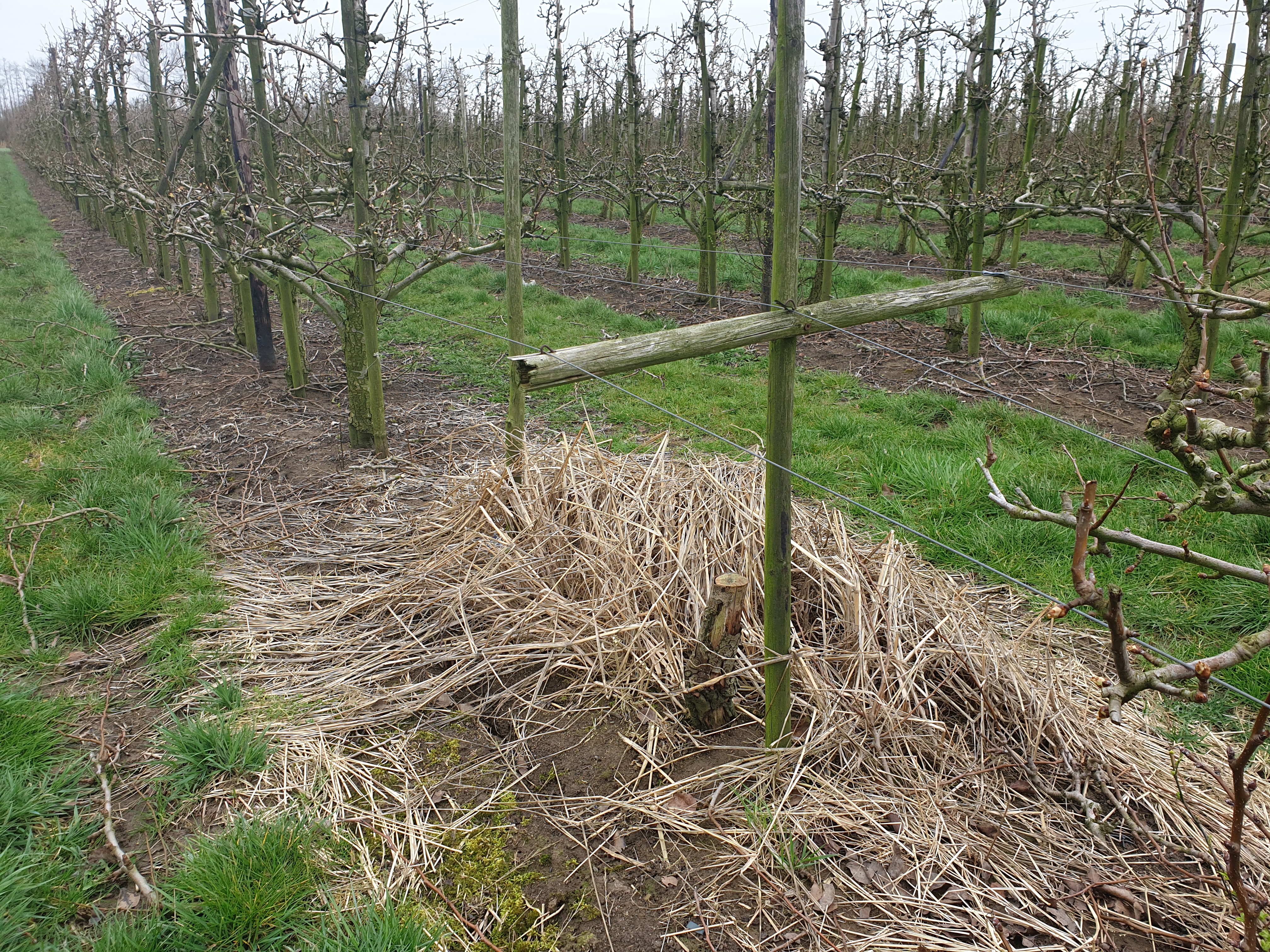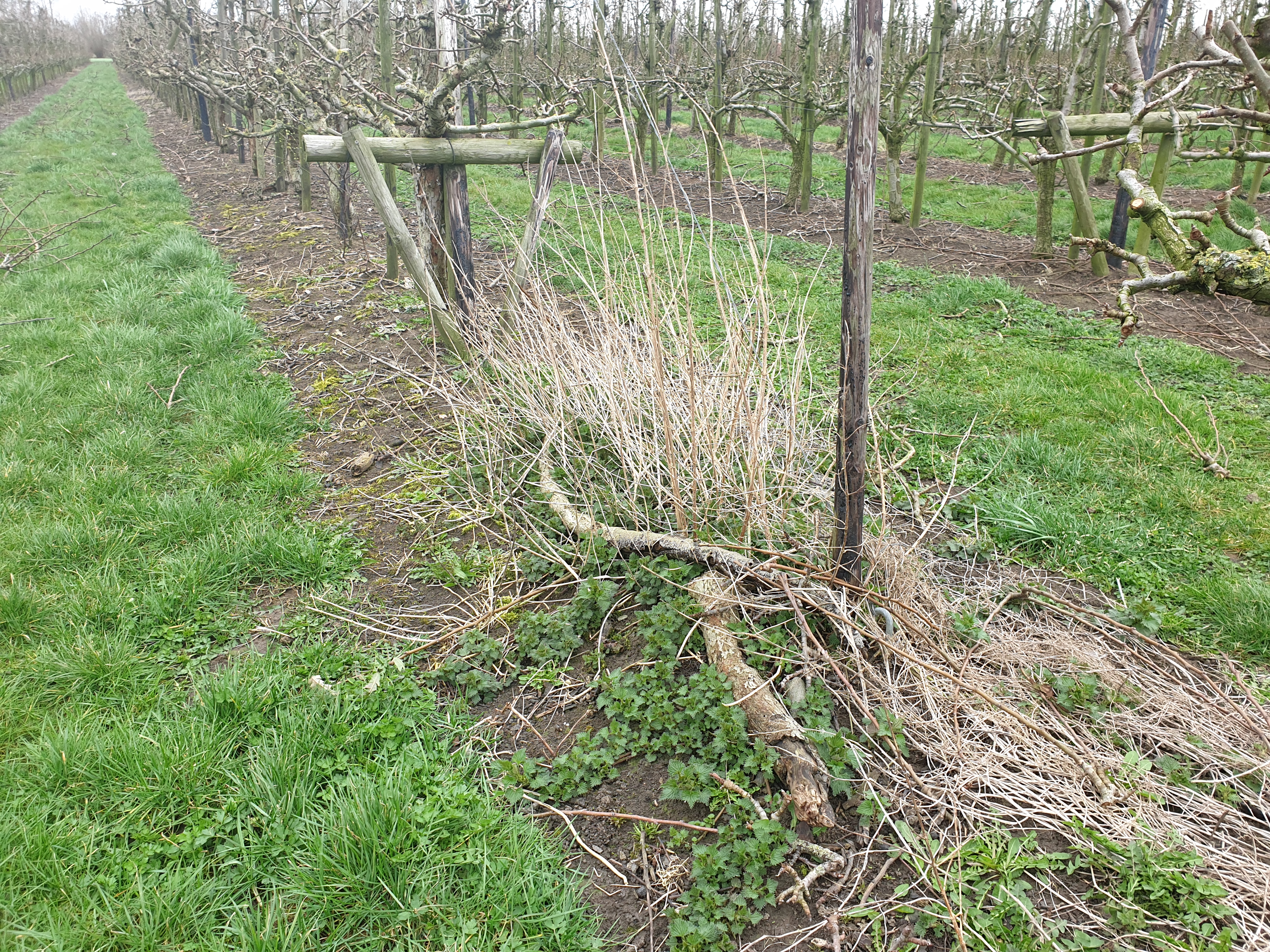PRE2018 3 Group5: Difference between revisions
| Line 126: | Line 126: | ||
* Presentation | * Presentation | ||
=Function definition= | =Function definition= | ||
* Navigation around the farmfield: https://docs.google.com/document/d/11ol3at3mtlt5xOEY6AuztQIh7v8l14OTo_d7lBHWXcU/edit?usp=sharing | * Navigation around the farmfield: https://docs.google.com/document/d/11ol3at3mtlt5xOEY6AuztQIh7v8l14OTo_d7lBHWXcU/edit?usp=sharing | ||
Revision as of 13:18, 14 March 2019
Meaning of used colors
Colors should be removed in the final version. They are to make changes and remarks better visible
- Yellow background: remark what has to be done in section (maybe not directly possible).
General info
Group members
| Name | Student ID |
|---|---|
| Ruben Haakman | 0993994 |
| Stan Latten | 1257196 |
| Tom Mulders | 1008890 |
| Jasper Stam | 1006240 |
| Mathijs Vastenhouw | 1269496 |
Problem
When farmers grow crops, the have to deal with weeds growing on their fields in between their crops. To remove these weeds, pesticides are used. These pesticides can be harmful to insects, animals and humans and might even contaminate (ground)water. Clearly an alternative is needed.
Problem statement
In the current situation, a lot of pesticides are used in farming. These pesticides are used for treating bugs and diseases, but also for weeds. With the trend to be more environmentally friendly, we are looking for alternatives for pesticides and big farm trucks. A possible solution for this problem is a cooperation of small autonomous farming machines, which can control a field together. However, this solution is not new, people have already been working on the navigation of these small machines and on the detection of weeds in fields of crops. [1] That’s why we will try to make a weed picking device to be able to pick weeds without damaging the crops. For these small devices, we see future in the vertical agriculture as well, because they allow for a higher field density.
[1] https://ieeexplore.ieee.org/document/6740018
Objectives
RPCs
Requirements
- The system recharges autonomously
- The system must be able to differentiate crops from weeds
- The system removes weed from the farm field and collects it for disposal
- The system moves itself around the farmfield, following a predefined pattern unique for each farmfield
- The system must not be harmful for the crops.
Preferences
- The system can operate for a long time before having to recharge
- The system should make minimal errors in recognizing weeds
- The system can work with 3D patterns, allowing applications in 'farm flats', reducing land area use
- The system should damage the ground as less as possible
Constraints
- The system has to be more cost-efficient than human workers
- The system has to be intelligent, has to know what to do
- The system does never run out of power, so it has to return to the charging station in time
- The system does not use pesticides
Users and other stakeholders
The last thing can be done after contact with user (or if we don't get contact with user after additional research)
- Farmers
- Consumers
- Governments
- Society
Project setup
Approach
After reviewing the literature, we will determine the requirements for the system. Based on these requirements we will investigate implementations for these requirements and analyse their suitability. We will analyse the costs associated with a solution and compare this to the current costs of using pesticides, the effects on the stakeholders and on the future of farming. Finally we will conclude with a recommendation for or against the automated removal of weeds on farm fields without the use of pesticides and recommend future research topics.
Milestones
- State-of-the-art analysis
- Requirements Document
- Use analysis
- Implementation propositions
- Implementation analysis
- Cost analysis
- Conclusion
Deliverables
- Requirements document
- Implementation document
- Use analysis
- Cost analysis
- Conclusion
Who's doing what
- Ruben: Design(electronics), cost analysis.
- Stan: Design(general), Requirements, Use analysis.
- Tom: Design(general), Requirements, Use analysis.
- Jasper: Design(software), STOA analysis, Requirements, Use analysis.
- Mathijs: Design(general), STOA analysis, cost analysis.
State of the art
The literature study can be found on the page State of the art
Planning
For each week, there are points what we plan to do in that week. Planning can change over the weeks, dependent on the progress in the project. Final versions of the documents will be delivered at the end of the quartile, but concept versions will be delivered earlier.
Week 1
- Introduction to course
- Brainstorming about problem
- Make problem statement
- First idea on plan for project
- Literature study on problem
Week 2
- Updated problem description
- Concrete planning for project
- Make plan more clear with introduction
- Analysis of literature found in week 1
- First idea on requirements
- Start on USE stakeholder analysis
Week 3
- Concrete decisions on prototype
- USE stakeholder analysis
- Make requirements ready to start on design
Week 4-6
- Work on prototype
- Analysis of requirements based on prototype and update if needed
- Analysis of decisions made for prototype and update if needed
- Update other documents if needed
Week 7
- Finalize prototype
- Prepare presentation
Week 8
- Presentation
Function definition
- Navigation around the farmfield: https://docs.google.com/document/d/11ol3at3mtlt5xOEY6AuztQIh7v8l14OTo_d7lBHWXcU/edit?usp=sharing
- Method of moving around the farmfield
- Differentiate crops from weeds
- Grab the weeds efficiently, universal for all weed types and orientations
- Move gripper from weed container to the weed on the farmfield and vice versa
- Battery monitoring to know when to stop
- Recharging at recharging station
- Weedcontainer monitoring and emptying mechanism
Concept gripper
The gripper should grab all kinds of weeds and remove them efficiently. The first concept uses two long parallel rods, which extend under the weed so the stem of the weed will be in between the two rods. When the gripper is at its place, the rod, mounted to a carriage, will be moved towards the stationary rod and the stem will be clamped in between the two rods. Now the weed is hold tightly at a relatively strong point, it can be pulled out of the soil, together with its roots. The gripper can then move to a weed container and dropping the weed in there. Below, a drawing of this gripper is shown, together with a carriage that will move one of the rods. The movement of the carriage is done by a rack and pinion actuator. The drawing is just a concept: manufacturing margins, motors, bearing seatings etc. still have been left out of the picture.
Battery
There are existing ideas about battery changing systems. One battery is in the vehicle and one or more are at a loading station. There also exists systems that can measure the remaining capacity in a battery, which are already used in notebooks and mobile phones. From the remaining capacity can be calculated how far the robot can drive. In the navigation, it can also calculate how far the charging station is away. In this way, the robot knows when to go to the battery station. Battery charging techniques already exists and are used in a lot of applications, so we can use that.
Weed container
If you put weed in a container, then it doesn't nicely fill up the container. To solve this problem, you can use a press, like in a garbage truck. This presses the weed, such that it takes less place and the robot can work longer without emptying the container. To detect how full the container is, you can measure to which position the press comes with a specified force. Emptying the container works the same as with garbage trucks: tilting the container above some bigger container.
To Do
USE Analysis
- USE analysis: https://docs.google.com/document/d/11Q8HsUYSPQEllv-ZF9OJwBJt-5876pTHUyQT4u5a_HE/edit?usp=sharing
- User analysis: https://docs.google.com/document/d/118a4wefpTFePzGsjSCVFnKgB0ovdOYLEyyiVxnuS0KA/edit?usp=sharing
Design
https://docs.google.com/document/d/1GqDKe4tSWTHXpjfg9MIRfuXH_DEbR_6_GZLqZEOfF5Q/edit?usp=sharing
Contact with users and other research teams
availability
- Tom: maandag middag, dinsdag, donderdag middag
- Jasper: maandag middag, dinsdag ochtend niet 19-2, woensdag ochtend, donderdag middag
- Ruben: Maandag middag, woensdag vanaf 13 maart, donderdag 21 en 28 maart, vrijdag middag
- Mathijs: Maandag middag, dinsdag middag niet 26, woensdag, donderdag.
- stan: Maandag middag, dinsdag middag, woensdag, donderdag.
Questions
User
- Is weed a big problem?
- How do you currently fight weed?
- How how many time costs it take to fight weed?
- How many people are needed to fight weed?
- What is the planning in removing weed? i.e. after how many time should you start again with the fields, how many times a season do you need to go over each field.
- How big is the area in which weed should be removed?
- Are all the locations reachable without using public roads?
- Are there many animals such as rabbits, birds in the fields?
- Which tools do you use currently?
- What is the cost of the tools and how long do they last?
- What it the cost of the people that are removing the weed?
Other researchers
- What are the main advantages of fighting weed with robots?
- What is the main problem of pesticides?
- What is the current solution, you have?
- What is the weight of that solution?
- How many energy consumes the current solution?
- Is the solution dependent on the type of crop and on other circumstances?
Interview
Interview with the Farmer
We went to a farmer and came to the conclusion that greenhouses are not the right location for our robot plans and ideas. However, for the outside fruit cultivation it could be very useful. We got the tip to look at fruit trees like apples, pear and cherries, instead of his strawberries. These are grown in the neighborhood as well. We found a fruit farmer who was willing to tell us something about his farming and he answered all our questions. After the interview we went to have a look in the fields. We made pictures of the situation and from a lot of the common obstructions. This gives us a good image for making a model of the environment we are facing.






